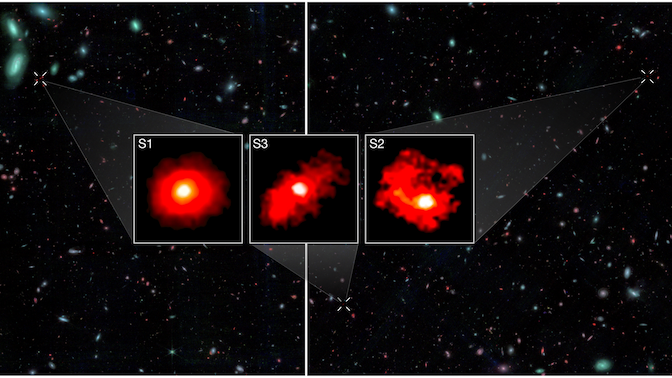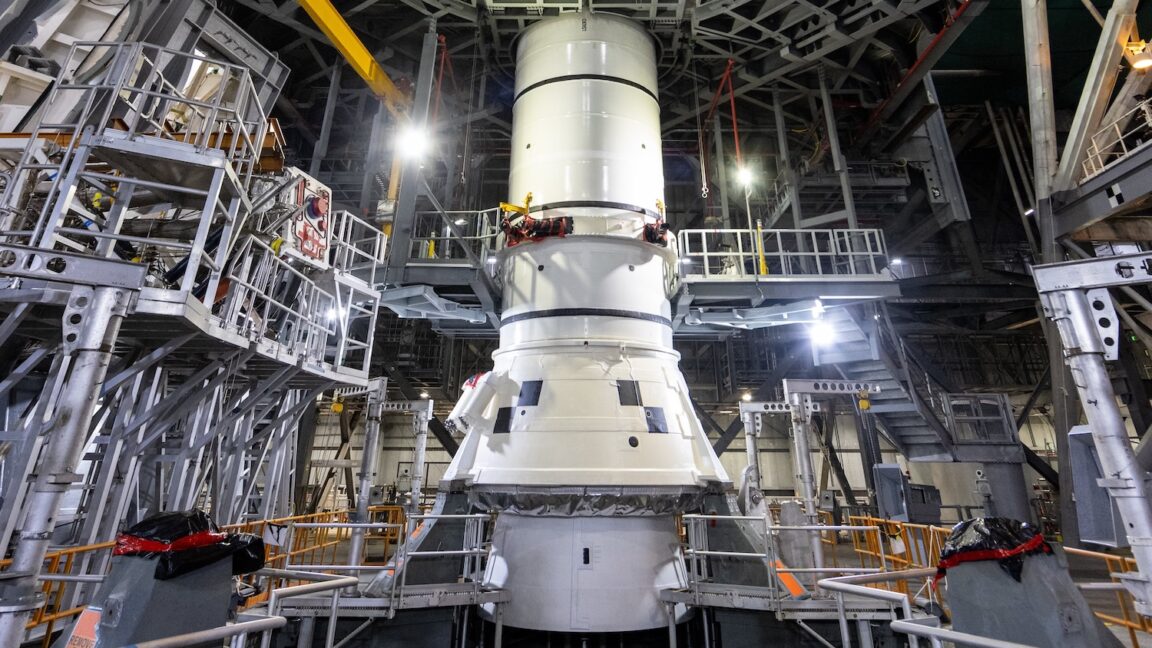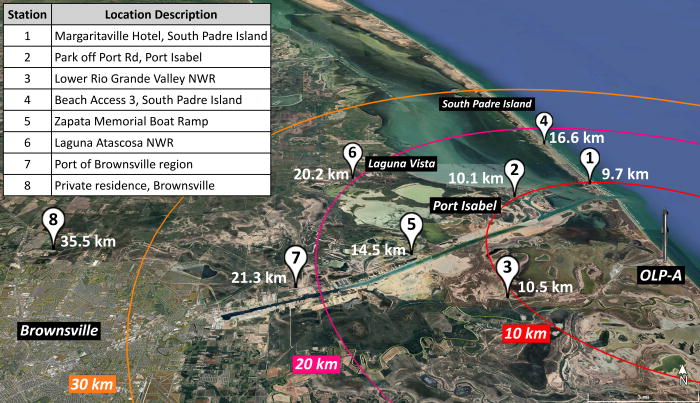News
By Alyssa Guzman
Published
Feb. 6, 2024, 7:49 p.m. ET
Photos capturing the incredible moment of the first untethered spacewalk are released to mark the 40th anniversary of this remarkable feat.
It was on Feb. 7, 1984 when Bruce McCandless II made history by embarking on a nerve-racking adventure in space with no tether connecting him to the spacecraft.
Using the Manned Maneuvering Unit (MMU), the daring astronaut controlled his movements without being tethered to the Challenger shuttle.
The image of McCandless floating 320 feet from the shuttle in space has become one of NASA’s most renowned archival pieces.
The mission featured two untethered spacewalks, which were deemed the “most critical” for NASA, as stated in a press release.
Bruce McCandless II was the first man to take an nerve-wracking romp through space without any tether to a spacecraft on Feb. 7, 1984. NASA/SWNS
The daring astronaut used the Manned Maneuvering Unit (MMU) to control his movements rather than being connected to the Challenger shuttle. NASA/SWNS
During the spacewalks of McCandless and Robert Stewart, which occurred on days four and five of the eight-day mission, the shuttle’s cabin pressure was reduced from 14.7 psi to 10.2 to shorten the pre-breathing time for the two spacewalkers and rid their blood of excess nitrogen. Too much nitrogen in their blood could lead to “the bends when working in their spacesuits at 4.3 psi,” according to NASA.
The following day, McCandless and Stewart undertook another spacewalk.
“That may have been one small step for Neil, but it’s a heck of a big leap for me,” McCandless joked.
McCandless then floated 150 feet away from the shuttle before returning, and later ventured out 320 feet before returning safely again. Stewart followed the same procedures.
The space shuttle Challenger. NASA/SWNS
The image of McCandless floating in space 320 feet from the shuttle has become one of NASA’s most popular archival pieces. NASA/SWNS
McCandless floated 150 feet away from the shuttle before returning, and then traveled out 320 feet before returning safely to the shuttle. Robert Stewart followed the same procedures. NASA/SWNS
Despite the extraordinary accomplishment, concerns were raised by scientists about the MMU. NASA/SWNS
“The two astronauts ended the spacewalk after 5 hours 55 minutes,” NASA said.
The mission also saw McCandless being “flown” above the spaceship, using the first “cherry picker” in space, which was a combined configuration of a Mobile Foot Restraint (MFR) and Remote Manipulator System (RMS).
Despite the extraordinary accomplishment, concerns were raised by scientists about the MMU.
Stewart and McCandless (both pictured in white) used the MMU on the mission. It was McCandless’ first mission into space, although he had served as an astronaut since his selection in 1966, according to the space company. NASA/SWNS
“There were many in the agency who were apprehensive about the use of a self-propelled and untethered backpack in space,” said NASA Human Spaceflight Historian Jennifer Ross-Nazzal.
“Previous spacewalkers remained connected to the vehicle with tethers. This jet-pack allowed crews to move outside of the cargo bay and perform activities away from the safety of the spacecraft.”
It was McCandless’ first mission into space, although he had served as an astronaut since his selection in 1966, according to the space company.
He played a crucial role in the development of the MMU and the Astronaut Maneuvering Unit, the predecessor of the MMU, inside the Skylab.
With Post wires
Load more…
{{#isDisplay}}
{{/isDisplay}}{{#isAniviewVideo}}
{{/isAniviewVideo}}{{#isSRVideo}}
{{/isSRVideo}}
Copy the URL to share











